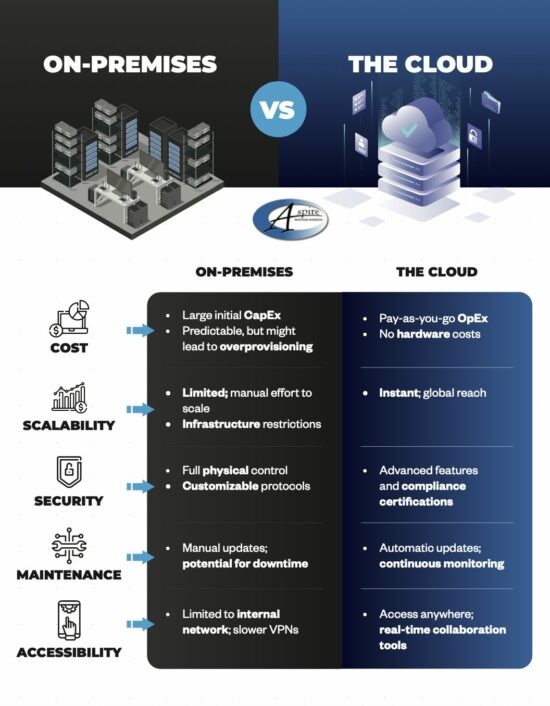Unfortunately, most attacks still come in through email, and can slip by your users. Even the most complex cybersecurity platforms used by massive corporations and governments can be foiled by a simple phishing attack, and your end-users are your last line of defense.
How Can an Employee Fall Victim?
Phishing attacks are designed to look real. An email might come in looking like a valid message from Paypal, a bank, a vendor, or even from another employee or client. Hackers use several tricks to make the email look real, such as spoofing the address or designing the content of the email to look legitimate.
Unfortunately, if the user clicks on the link in the email or downloads the attachment, they could open themselves and your company up to whatever threats contained within.
Commonly, this leads to stolen sensitive information, or installs malware on the device, or grants the hacker the ability to log into the user’s bank account.
While having strong IT security can reduce the amount of these phishing attacks that come in, a percentage can be tricky enough to bypass your firewalls and content filters, exposing your staff to situations that could your whole endeavor in
Educate Your Employees
It’s important to teach employees how to catch a phishing attack. We recommend sharing the following steps with your staff, or even printing them out and posting them around the office:
- Carefully hover (don’t click!) over links and see if they go to a legitimate URL. If the email is from Paypal, a link should lead back to paypal.com or accounts.paypal.com. If there is anything strange between ‘paypal’ and the ‘.com’ then something is suspicious. There should also be a forward slash (/) after the .com. If the URL was something like paypal.com.mailru382.co/something, then you are being spoofed. Everyone handles their domains a little differently, but use this as a general rule of thumb:
- paypal.com – Safe
- paypal.com/activatecard – Safe
- business.paypal.com – Safe
- business.paypal.com/retail – Safe
- paypal.com.activatecard.net – Suspicious! (notice the dot immediately after Paypal’s domain name)
- paypal.com.activatecard.net/secure – Suspicious!
- paypal.com/activatecard/tinyurl.com/retail – Suspicious! Don’t trust dots after the domain!
- Check the email in the header. An email from Amazon wouldn’t come in as noreply@amazn.com. Do a quick Google search for the email address to see if it is legitimate.
- Always be careful opening attachments. If there is an attachment or link on the email, be extra cautious.
- Be skeptical of password alerts. If the email mentions passwords, such as “your password has been stolen,” be suspicious.
Phishing Simulation
Another great tactic is to have regular phishing simulations. This is where we create a series of fake phishing emails (don’t worry, it’s safe), and randomly send it to your staff. When someone falls for the attack, we send them educational information to help them prevent being tricked by a real one.
We’ve found this to be very effective, without taking a lot of time out of an employees already busy day.
Are you interested in helping to protect your staff from falling victim to phishing attacks? Give us a call at (469) 7-ASPIRE.


